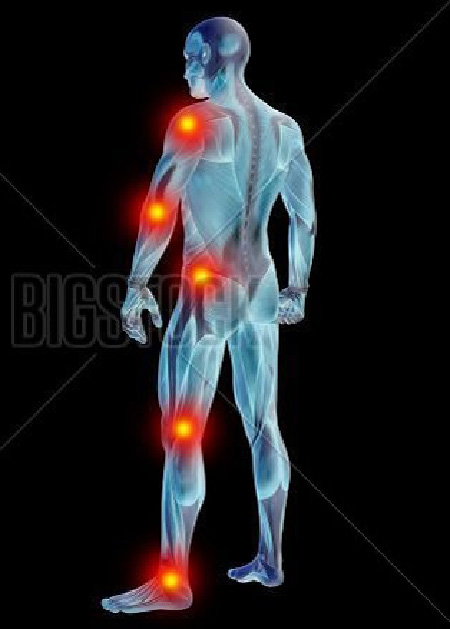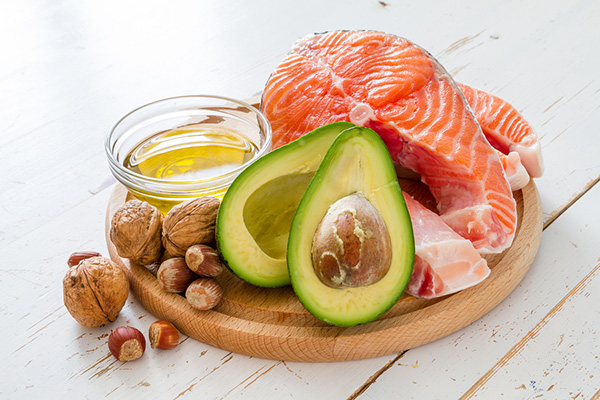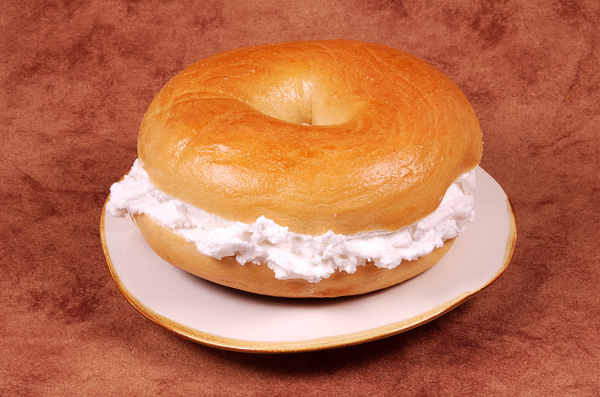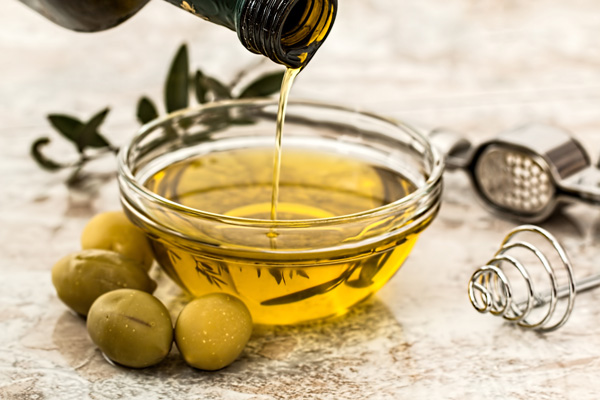What is Inflammation? -- What Causes It, and How to Reduce It
Definition of Inflammation
What is inflammation? Inflammation is the origin of pain, the body’s protective response to injury, and the beginning of the healing process. Without inflammation, our bodies wouldn’t heal and the damaging effects would worsen.
Infection should not be confused with inflammation. Inflammation is the body’s response to an infection.
 Joint inflammation, such as arthritis, is an inflammatory disease and prevalent in sedentary societies throughout the world.
Joint inflammation, such as arthritis, is an inflammatory disease and prevalent in sedentary societies throughout the world.
Forms of Inflammation in the Body
Acute inflammation is a normal and healthy reaction of the body as the first step in healing and repair. Acute inflammation is an on-off process that prevents the spread of damaged cells from an injury site, thus containing the infection. It also removes the damaged and dead cells that remain after the injury. Acute inflammation may last for a few days or weeks.
Our body’s inflammation process helps to build tissue to make us stronger, such as when we train with weights or exercise. The exercised muscle creates inflammation, which triggers the repair mechanism. So, inflammation is not necessarily a bad thing, unless it becomes chronic.
If the anti-inflammatory chemicals are not sufficient, if the inflammatory chemicals are excessive, or if there is an ongoing injury or stress that keeps stimulating the inflammatory chemicals, the anti-inflammation mechanism stays on and the long-term outcome is chronic inflammation.
When inflammation becomes chronic, health problems can develop. Chronic inflammation is the first stage of many functional problems and most chronic diseases. It can last for several months or years.
Chronic inflammation can lead to
- lowered immunity
- cataracts
- gingivitis and periodontal disease
- sinusitis
- hormonal imbalances that can reduce the ability to cope with stress
- nervous system imbalance which can lead to high blood pressure
- increased tension, anxiety or depression
- a reduced pain threshold and digestive distress such as colitis, gastritis, and ileitis.
Long-term chronic inflammation can lead to cardiovascular diseases and stroke, lung diseases such as cystic fibrosis, chronic obstructive pulmonary disease, lung cancer, and chronic fatigue syndrome.
Insulin levels have been linked to chronic inflammation. That is why obese individuals who often have issues with chronic inflammation develop type 2 diabetes.
What Causes Inflammation in the Body?
What is inflammation and what causes it? Causes of inflammation include an imbalance of fat in the body, stress, lack of sleep, sugar, and too much alcohol trigger inflammation.
Stress is the body’s fight-or-flight hormone, and is a normal state unless the adrenals are pushed into overdrive and chronic inflammation results.
Chemicals and certain synthetics, such as latex, plastics, and adhesives, may trigger an inflammatory response.
A sedentary lifestyle or lack of movement causes inflammation to build which carries decay throughout the system.
What is Inflammation and What Are the Foods That Cause It?
Foods known to cause inflammation include: unhealthy, refined carbs and bad fats.
The bad fats are saturated, trans, and hydrogenated fats or oils. Consumption of these fats can result in chronic inflammation, bone loss, and increased pain.
Sugar contributes to fat imbalance.
 Eat these foods that are rich in Omega 3s -- the healthy fats. Eat these foods that are rich in Omega 3s -- the healthy fats. |
 Slap your hand if you see it reach for refined, simple carbs, sugars, and bad fat. Slap your hand if you see it reach for refined, simple carbs, sugars, and bad fat. |
Foods That Reduce Inflammation
Now you know the answer to the question, "What is inflammation?" The good news is that there are things we can do to boost the healing process once it is triggered, and may prevent it from becoming chronic.
Certain foods are natural remedies for inflammation. Fat is a key player in controlling pain and inflammation. A fat imbalance can result in cataracts, arthritis, physical injuries, osteoporosis, ulcers, allergies, asthma, hormone imbalance, hair loss, and lack of energy.
First of all, stay away from saturated and trans fats, simple carbs, and sugars. Balancing your diet with healthy fats that increase omega 3s should be your primary goal in reducing inflammation.
Foods rich in unsaturated fats (omega-3 fats) are a must. Wild-game meat, mackerel, salmon, sardines, nuts and fruits contain healthy unsaturated fat.
Mono (oleic) acid (omega 9) helps control inflammation and reduce the harmful effects of too much saturated fat. Foods such as avocados, almonds, macadamia nuts and extra virgin olive oil contain mono (oleic) fats.
Foods known to fight inflammation include: ginger, turmeric, citrus peel, onion, tart cherries, and garlic.
Some herbs have anti-inflammatory properties, such as: devil’s claw, wood spider, hyssop, and cannabis.
Other Ways to Reduce Inflammation
Some people take anti-inflammatory medications to block, eliminate or reduce pain. These include aspirin, ibuprofen, Advil, Motrin, and other NSAIDS, for inflammation and pain. These medications operate by turning off your body’s natural anti-inflammatory mechanism. Unfortunately, this masks the actual cause, such as fat imbalance, which then goes untreated.
NSAIDS have side effects such as: intestinal problems, muscle dysfunction, stomach ulcers, hemorrhage, asthma, reduction of body’s ability to repair joint and bone stress, kidney damage, and sleep disturbance.
Olive oil contains phyto-chemical properties that resemble ibuprophen.
Studies have shown that strength training protects the joints and allows healing from arthritis, demonstrating a 50% reduction in pain after several months of strength training, and minor arthritis usually disappearing entirely.
Focus on losing excess body fat. Obesity is a killer. Up to 40% of cells in the fat tissue of an obese person are not fat cells but inflammatory cells that form plaque into the cell walls.
Be sure to get the right kind of exercise. Idleness equals inflammation and decay. Inflammation as the result of exercise equals growth, renewal, and repair.
Other treatments include: rest, application of ice, compression and elevation of the area.
Knowing the answer to the question, "What is Inflammation?" allows us to prevent and reduce its impact on our health.
More Topics That May Interest You
Infrared Light Therapies for Joint & Muscle Pain.
Aids in Healing!
|
|
|
Some of the advertisers on my website are affiliate partners, which means that I may receive a small commission from any sale, at no extra cost to you. For example, as an Amazon Associate I earn a small commission from qualifying purchases.
Your purchases help to support this free-information website. Thank you.
The content of this website is for informational purposes only and not intended to be taken as a replacement for professional medical advice, care, diagnosis or treatment by a doctor, dietitian, physical therapist, nutritionist or fitness instructor.
DO NOT BEGIN ANY EXERCISE PROGRAM WITHOUT CHECKING WITH YOUR DOCTOR FOR UNDERLYING CONDITIONS THAT MAY PREVENT YOU FROM DOING SO.





